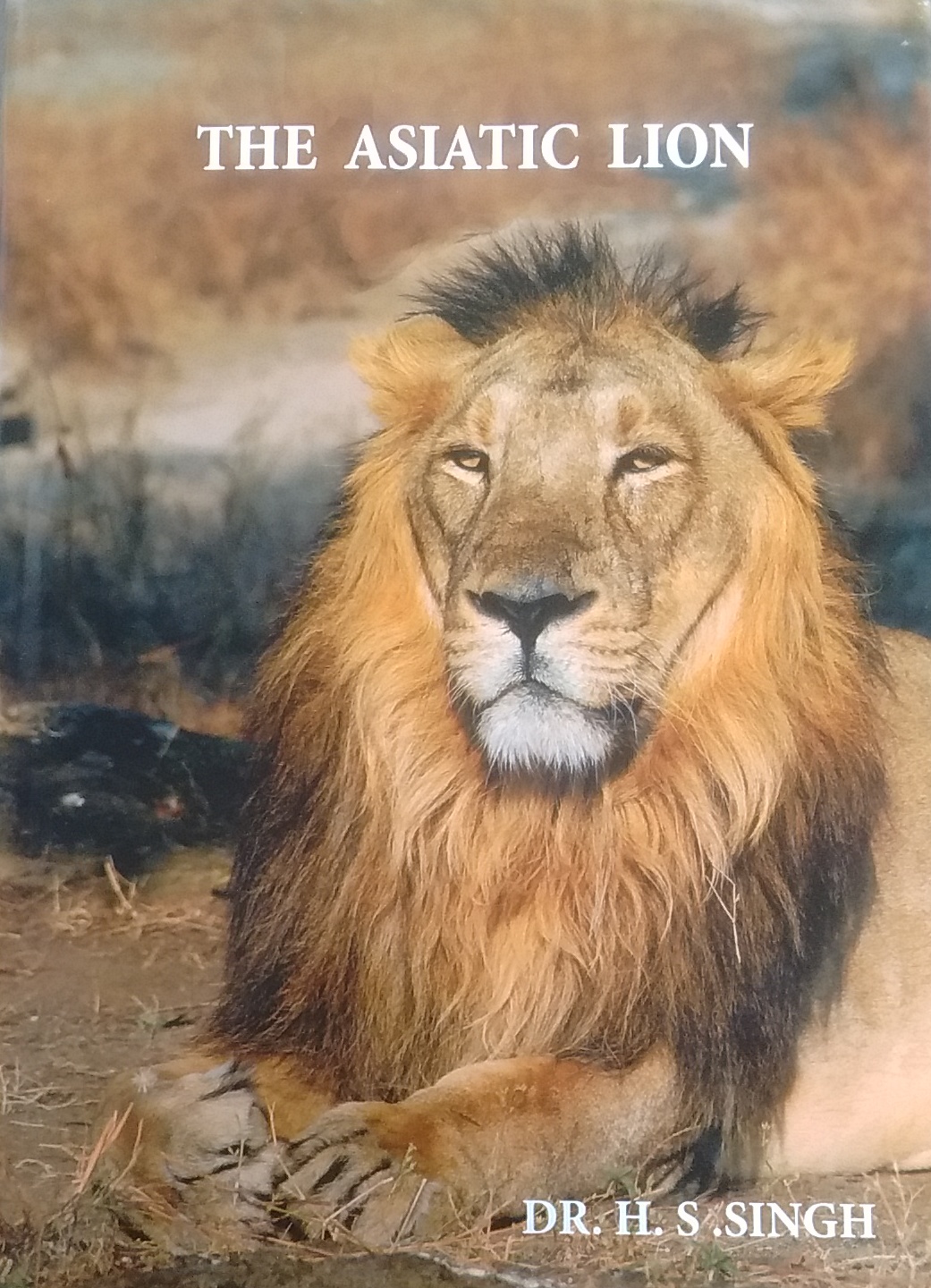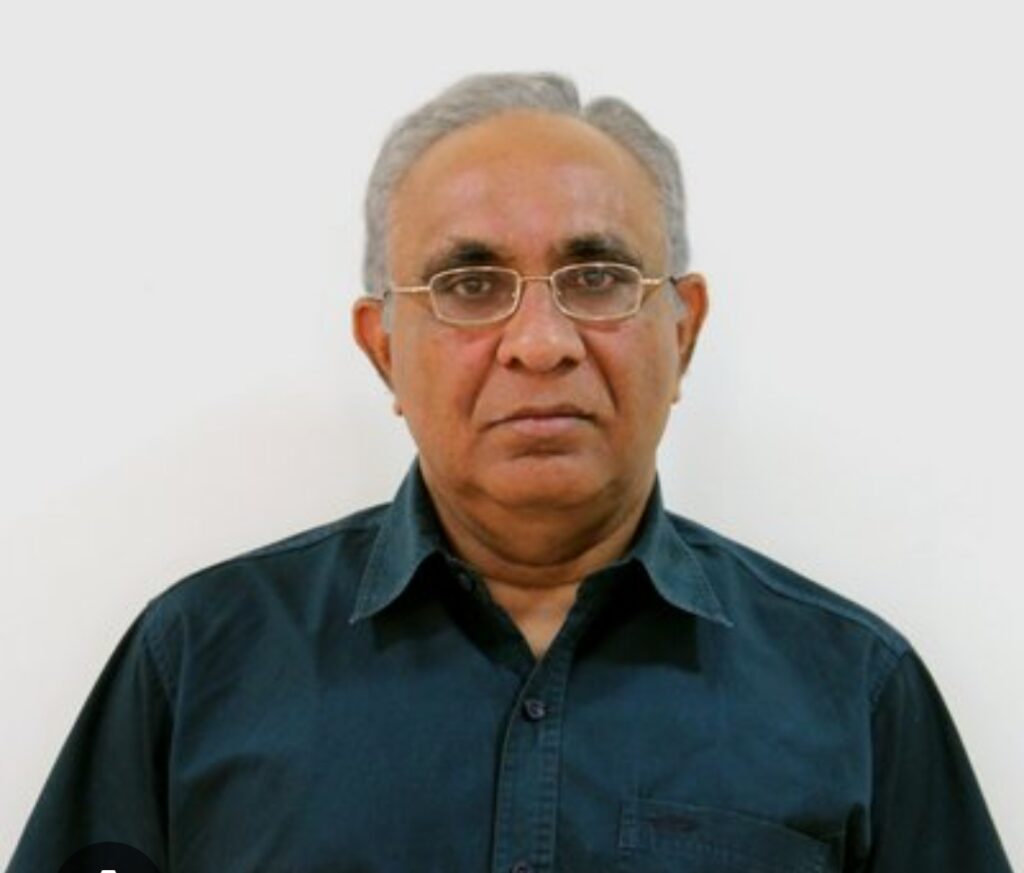The Asiatic lion’s incredible comeback is one of India’s greatest wildlife success stories, and at its heart stands Dr. H. S. Singh. A former Principal Chief Conservator of Forests (PCCF) in Gujarat, Dr. Singh spent decades reviving the pride of Gir and reshaping the region into a global model for conservation. Honoured with the Lifetime Achievement Award at the Eco Warrior Awards 2025, his work continues to inspire conservationists worldwide.
The Vision Behind Project Lion
In the 1970s, Gir’s lion population had plummeted to around 180. Prey numbers were low, habitats were shrinking, and human conflict was intensifying. Dr. Singh revolutionised the way the species was protected — combining scientific research, administrative strategy and local community support to build a sustainable model of conservation.
Under his leadership, wild prey species multiplied 13 times, reducing lions’ dependence on livestock. By 2010, the population crossed 400; today, lions are dispersing beyond Gir, establishing new territories across Gujarat.
Beyond the Lions: A Wider Conservation Footprint
Dr. Singh’s conservation approach extended far beyond lions. He played a pivotal role in protecting other threatened species such as the Great Indian Bustard, wild buffalo and Sarus crane, while also promoting eco-sensitive corridors and community-based conservation.

Author, Mentor, Conservationist
Dr. Singh documented his findings in acclaimed books like The Gir Lion and The Asiatic Lion: Reviving the Pride of Gir, alongside over 40 scientific papers. His work bridged science and policy, making ecological insights accessible to decision-makers and future wildlife officers.
Honours and Legacy
From the Forestry Service Medal to the Elsevier Biological Conservation Review Award, Dr. Singh’s accolades reflect his impact. His unique journey — from physics graduate to India’s leading lion conservationist — shows how evidence-based leadership can change the future of an entire species.
Today, Gir’s thriving lion population and rejuvenated habitat are living monuments to Dr. Singh’s decades of service. His legacy is a masterclass in how science, administration, and community participation can come together to protect wildlife in a modern world.


